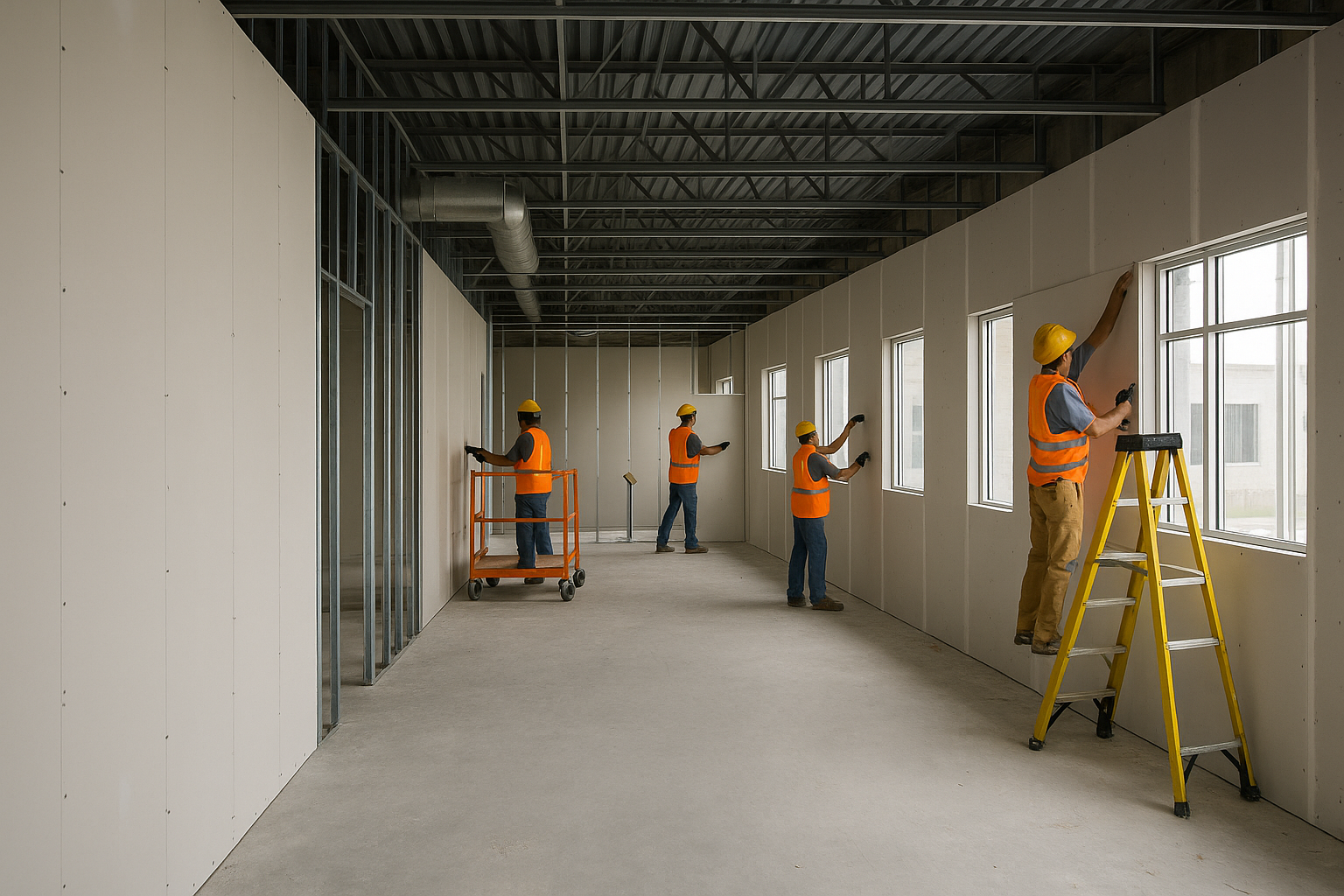
Missed scope items are one of the most common—and costly—pitfalls in drywall estimating. These omissions often remain hidden until field execution begins, causing budget overruns, schedule delays, and strained relationships between stakeholders. For architects, engineers, and general contractors, identifying and eliminating scope creep is essential to maintaining cost control and project alignment.
Drywall scope gaps can stem from both design documentation and internal estimating processes. Some of the most frequent culprits include:
Many of these items are not model-driven or easily extracted from standard takeoff views, making manual review essential if workflows are not modernized.
Several systemic issues contribute to scope items being missed:
Even experienced estimators fall into the trap of reusing outdated templates without adapting for project-specific risks or recent design changes.
Using structured, real-time data review minimizes the risk of missing scope. With Active Estimating, estimators can transform scattered data into a unified, auditable format—capturing every detail before it hits the field.
Using drywall estimating logic in a structured platform allows estimators to:
In a hospital renovation, the estimator initially missed backing for headwalls and ceiling transitions in imaging rooms. Using a continuous tracking workflow in Active Estimating, the team caught the missing items during a design iteration review, flagged the conditions, and applied labor/material cost before bid submission—saving over $50,000 in post-bid add orders.
Missed scope items are not inevitable. They result from fragmented processes and inconsistent tracking. By leveraging structured, auditable tools like those offered by Active Estimating, teams can proactively catch and resolve these issues before they become budget liabilities. In today’s cost-sensitive construction environment, preventing these gaps is not just good estimating—it’s smart business.
Contact Information:
Active Estimating
508 2nd Street, Suite 208
Davis
California
95616
Rich Schoener
richard@activeestimating.com
(877)
Schedule a personalized demo to see how Active Estimating can work for your specific needs.
